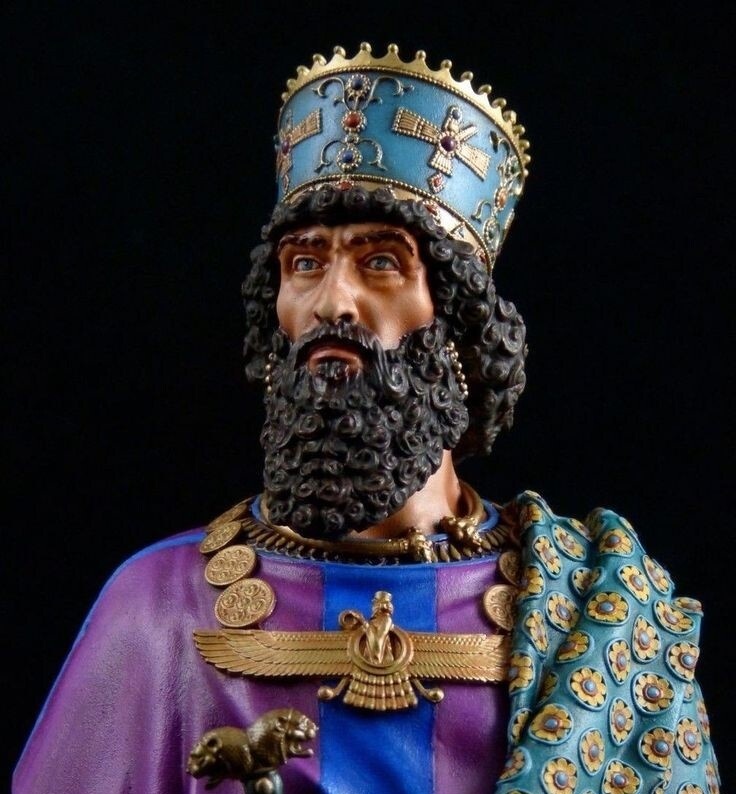SAEDNEWS: Carved into Mount Mehr near Persepolis, this Achaemenid tomb features a cruciform façade with bas-reliefs of the king and Faravahar before a fire altar. It held three burial chambers, with a sliding stone door at the entrance.

According to the History and Culture Service of Saed News, the tomb of Artaxerxes II is located in the heart of Mount Mehr, within the Persepolis complex, and stands as one of the most unique examples of Achaemenid rock-cut architecture. The tomb’s exterior is designed in the shape of a cross, showcasing Achaemenid architectural features similar to the tombs at Naqsh-e Rustam.
Above the tomb’s entrance is a relief of the Achaemenid king, Artaxerxes II, standing on the royal throne before a sacred fire altar. Thirty representatives of the subject nations carry the king’s throne, while above his head is the winged figure, or “Faravahar,” symbolizing power and sanctity.
The entrance is designed to resemble a section of an Achaemenid palace, featuring half-columns and twin-headed bull capitals. The tomb’s stone sliding door, once closed, could not be reopened, ensuring protection against looters. Over time, however, these doors have suffered damage and broken.
Inside Artaxerxes II’s tomb, three stone sarcophagi have been carved into the rock. Although there is no definitive evidence to confirm the tomb’s attribution to Artaxerxes II, architectural features and its proximity to the tomb of Artaxerxes III strengthen the likelihood that it belongs to him.

